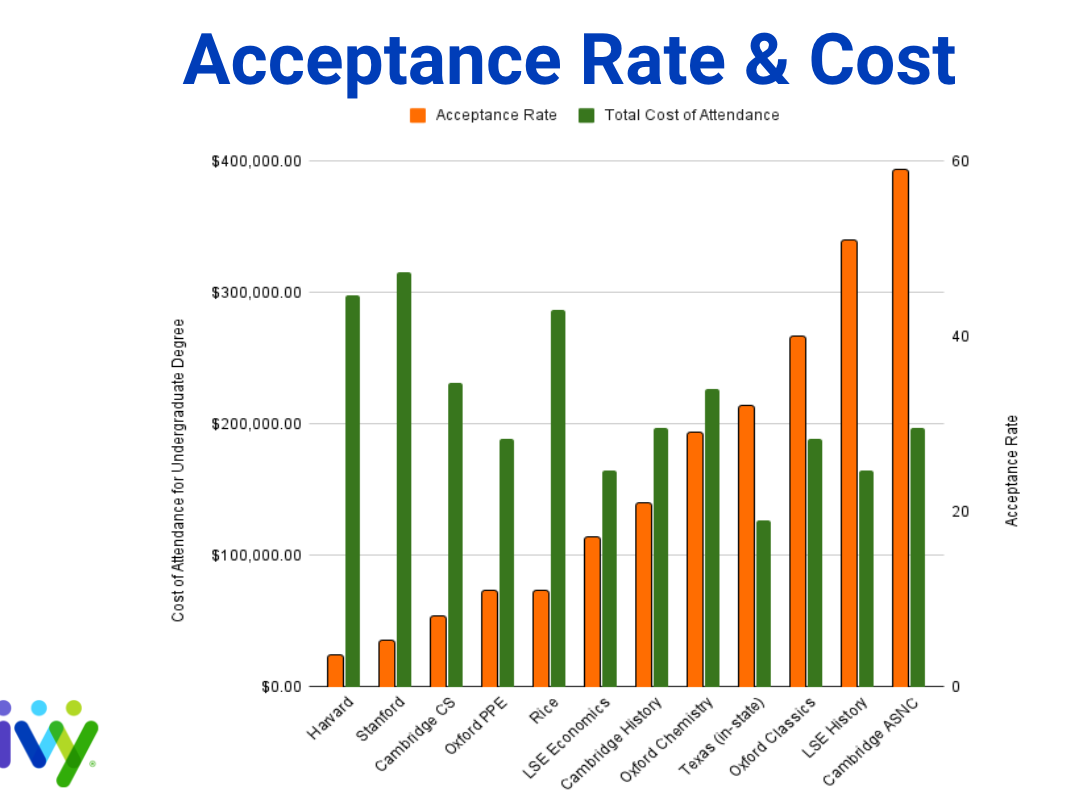![How to Make the Perfect College List [Expert Advice] How to Make the Perfect College List [Expert Advice]](/_next/image?url=https%3A%2F%2Fcdn.sanity.io%2Fimages%2F7i1ps9pf%2Fproduction%2F043557a69c39bd98705099d92e9feacc9c906f81-1920x1280.jpg&w=3840&q=75)
How to Make the Perfect College List [Expert Advice]
With over 3,000 colleges and universities in the US, coming up with a list of schools can be a daunting task. How do I find the one that’s right for me? Here are some suggestions for ways to create the perfect college list – for YOU!

With over 3,000 colleges and universities in the US, coming up with a list of schools can be a daunting task. How do I find the one that’s right for me?
Making a college list is not about finding the one perfect school that will fulfill all your hopes and dreams. On the contrary, the college process is about actively exploring the wide variety of higher education opportunities available to us, both in the US and abroad.
Every student is different, so there is no one-school-fits-all approach. Here are some suggestions for ways to create the perfect college list – for YOU!

1. Cast a Wide Net
Students often make the mistake of applying to only the most popular (and most competitive) schools in the country (Yale, Harvard, Stanford, etc.), many of which have an acceptance rate of below 6% percent. In doing so, students are not only limiting their chances of getting accepted, they are also missing out on all the other amazing schools on offer. There are only 60 colleges that accept less than 20 percent of applicants; the overall college acceptance rate is actually 60 percent. These schools want YOU, and may even be a better fit than some of the more popular name brand institutions.
To start, it’s important to realize that there is no one school for you. This attitude leads to disappointment, and can even prevent you from finding the school you will actually be most happy at. There’s nothing wrong with throwing your hat in the ring by applying to the most competitive schools, as long as you are not applying to those schools exclusively. The most important thing is to make sure your college list is BALANCED, meaning it includes “Reaches,” “Likelies,” and “Safeties.”
2. Explore Your Interests and Passions
If a student has a strong interest or passion – something they know they want to pursue in college – searching by program of study can be a great way to expand the college list in a personalized way.
Search for the top programs in a given area, but don’t just look at the top ten. Let’s say you want to study Environmental Science, so you Google the leading schools in this subject. Stanford University is going to be at the top of the list, but Stanford is simply not a realistic option for many, if not most, students. Instead of looking at just the top ten schools, look at the top 25. This way, you can identify schools that are excellent in your desired area of study, but are also not as hard to get into, allowing you to balance your list while still tailoring it to your interests.
You should also take a look at what schools have strong graduate programs in a given field, as well as the institutions where prominent professors and researchers have studied.
We recommend using the search functions in programs like “College Planner Pro” or “Naviance” to sort schools by program of study. An experienced college admissions counsellor or coach will also be able to point students in the right direction and recommend schools based on the strength of their various academic departments.
3. Choose Your Location
Location is another parameter you can use to narrow your search in programs like College Planner Pro and Naviance, and let’s be honest, it’s pretty important. A student who grew up in New York City may not be happy at a school in the cornfields of Iowa, and vice versa. Some students know they want to be in a warm climate, some know they want to go hiking on the weekends, and others know they want to stay close to home so they can visit their families. There’s nothing wrong with searching for schools by location. There are fantastic centers of learning all over the country. You are bound to find something great even if you restrict your search to one geographic region.
4. Learn About Cost and Scholarships
Depending on your financial situation, cost and scholarship opportunities will be a major consideration in forming your college list. It’s important to have an honest conversation about what you are willing and able to afford when it comes to higher education. You are going to want to research which schools provide scholarships or have generous financial aid, and add these to your list. College advisors who are members of IECA (Independent Educational Consultants Association) tend to have the most detailed and up to date information on this topic.
5. Look Overseas
Higher education in other countries is often more specialized and less expensive than in the US, so for some students, looking overseas is absolutely worth considering. Some are even easier to get into for Americans! We have a whole article written by Kevin Newton of An Education Abroad about the pros and cons of attending college in a foreign country. Check out the below graphic showing how certain international universities compare to those in the US when it comes to cost and acceptance rate.

Ivy is here to help you on your college search quest, wherever it may lead you. Book a consultation with our college admission experts, or work with one of our tutors on your essay!



